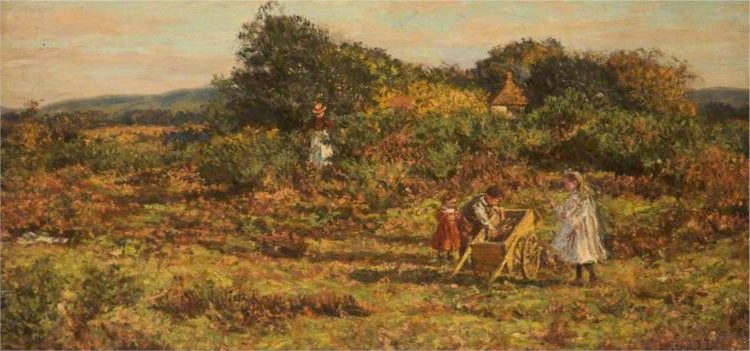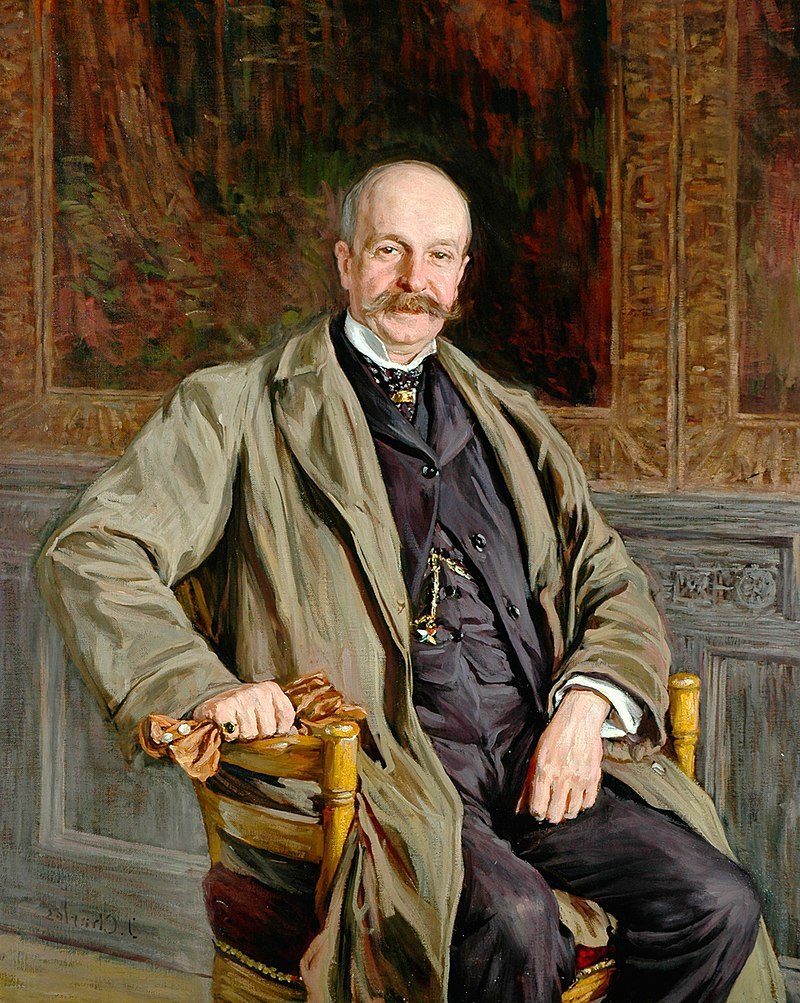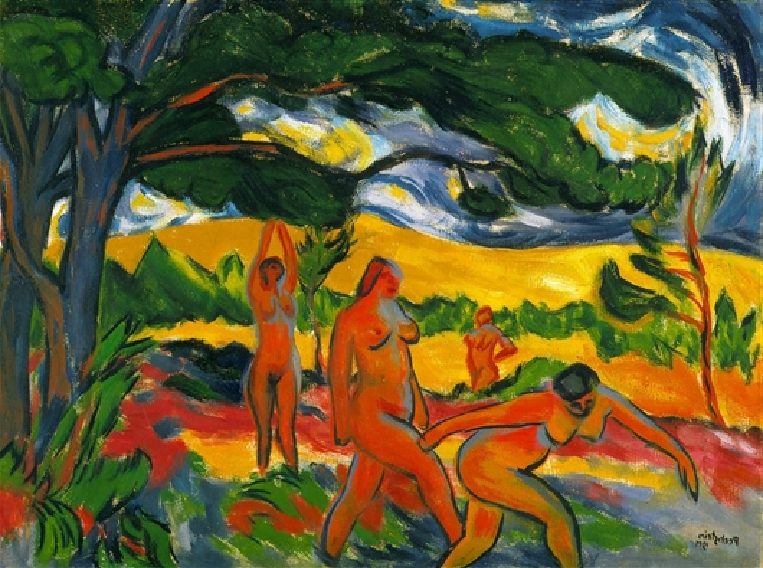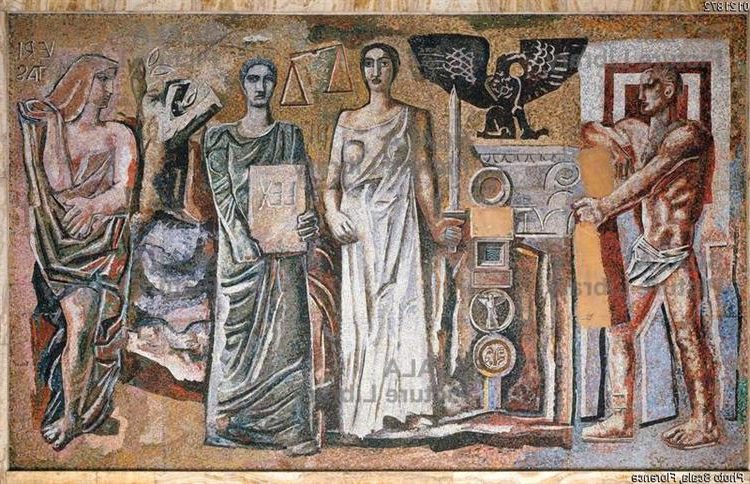James Charles Painter: Renowned 19th Century British Landscape Artist
Born: 5 January 1851, Warrington, United Kingdom
Death: 27 August 1906, Llandyrnog, United Kingdom
Art Movement: Impressionism
Nationality: British
Institution: Heatherley School of Fine Art, Royal Academy School
James Charles Painter: Renowned 19th Century American Landscape Artist
Early Life and Education
James Charles was born in Warrington, England in 1851. He showed artistic talent from a young age. Later, he moved to London to pursue his passion for painting.
Formative Years in Warrington
James Charles spent his early childhood in Warrington, a town in Northwest England. He was born into a family with artistic roots. His father, Richard Charles, worked as a draughtsman and cabinet maker. This creative environment likely influenced young James’s interest in art.

Threatening Weather by James Charles
As a boy, Charles helped in his father’s workshop. He learned about design and craftsmanship. These early experiences shaped his artistic eye and technical skills.
Artistic Training at Heatherley School of Fine Art
At age 14, Charles moved to London with his father. There, he began his formal art education. He enrolled at the Heatherley School of Fine Art, a respected institution for aspiring artists.
At Heatherley’s, Charles honed his drawing and painting techniques. He studied anatomy, composition, and color theory. The school’s focus on life drawing helped Charles develop his skills in portraiture.
This training laid the foundation for Charles’s career as a British Impressionist artist. It prepared him for further studies at the Royal Academy and his future success in the UK art world.
Artistic Career and Works
James Charles was a prominent British Impressionist painter active in the late 19th and early 20th centuries. His career spanned several decades and was marked by evolving styles and notable exhibitions.
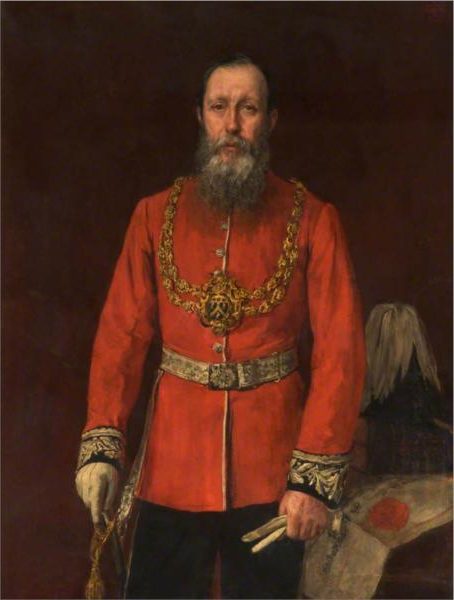
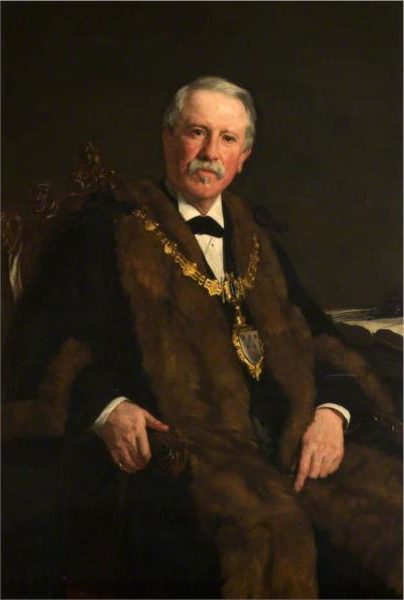
Evolution of Style and Exhibitions
Charles studied art in London and Paris, developing his skills and artistic vision. He became known for his Impressionist style, which he applied to landscapes and rural scenes.
Charles exhibited his works at prestigious venues like the Royal Academy in London. He was also associated with the New English Art Club, a group that promoted more progressive artistic styles.
Charles’s paintings gained recognition during his lifetime. His work was shown in various exhibitions, including displays at the Leicester Gallery. After his death in 1906, his art continued to be exhibited. In 1907, some of his paintings were featured in the Royal Academy’s winter exhibition.
Notable Works and Recurring Themes
Charles created many memorable paintings during his career. Some of his well-known works include “Christening Sunday,” “Milking Time,” and “Signing the Marriage Register.” These pieces often depicted rural life and everyday scenes.
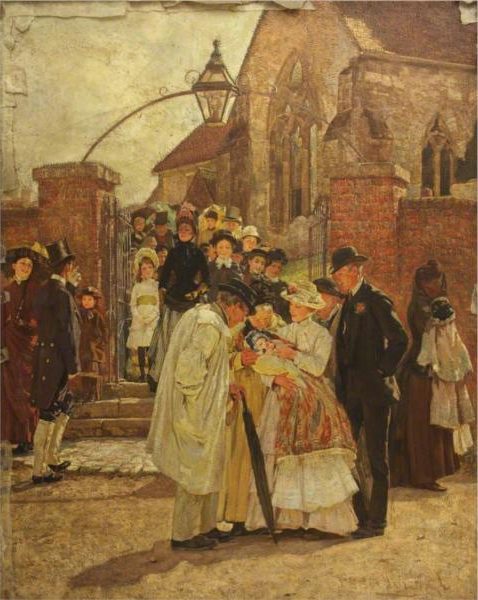
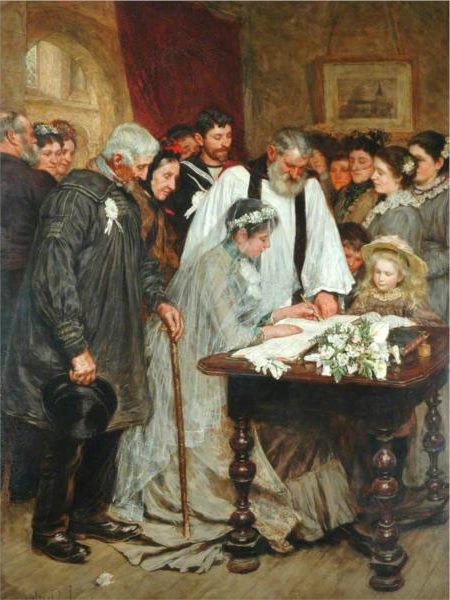
Landscapes were a frequent subject in Charles’s art. He painted scenes of the English countryside, capturing the beauty of nature. His work “The Dusty Road” is an example of his landscape paintings. Charles also created works featuring animals, such as his “Studies of Sheep” from 1863.
Today, James Charles’s paintings can be found in several public collections. Art galleries in Warrington, Dublin, and other cities hold examples of his work. The enduring appeal of his art speaks to his skill and the timeless nature of his subjects.
Legacy and Recognition
James Charles left a lasting mark on British art. His paintings gained recognition during his lifetime and continue to be valued today.

Sussex Downs by James Charles
Inclusion in Public Collections
The Tate Gallery in London holds some of James Charles’ most notable works. His paintings are also found in other major UK museums and galleries. The National Museum of Wales displays two of his oil paintings – “The Village Road” and “Winter”. These public collections help preserve Charles’ artistic legacy for future generations to study and enjoy.
Impact on Modern British Art
Charles played a role in shaping British Impressionism. His style blended traditional techniques with a modern approach to light and color. This influenced other artists of his time.
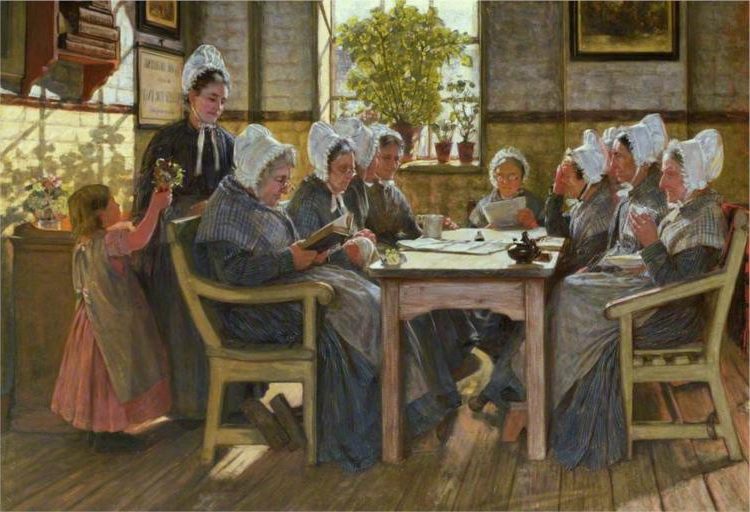
Chelsea Workhouse: A Bible Reading (Our Poor) (1877)
The Union List of Artist Names includes Charles, showing his importance in art history. His paintings of rural scenes, like those near Llandyrnog, captured a changing British landscape. This body of work provides a window into late 19th century life in the United Kingdom.
Frequently Asked Questions
What influenced his early interest in art?
Growing up in Warrington, James was immersed in a creative environment. His father, Richard Charles, worked as a draughtsman and cabinet maker, and James spent time helping in his father’s workshop. These experiences nurtured his artistic talent and technical skills.
How did his training at Heatherley School of Fine Art shape his career?
The rigorous training in life drawing and technical skills at Heatherley equipped him with the tools necessary to excel in portraiture and landscape painting. This education prepared him for further studies at the Royal Academy and helped him develop the Impressionist style he is known for.
What themes and subjects are prominent in James Charles’s work?
His art frequently features the beauty of the English countryside, everyday rural scenes, and portraits. Notable themes include depictions of pastoral life, landscapes, and scenes of daily activities such as those seen in his paintings like “Christening Sunday,” “Milking Time,” and “The Dusty Road.”
Where can James Charles’s paintings be found today?
His works are held in several public collections across the UK and beyond. Major collections include the Tate Gallery in London, as well as museums in Warrington, Dublin, and the National Museum of Wales, which features works like “The Village Road” and “Winter.”
What is James Charles’s legacy in the art world?
James Charles left a lasting mark on British Impressionism. His innovative blend of traditional techniques with a modern approach to light and color influenced contemporary artists of his time. His paintings not only capture the changing landscape of 19th century Britain but also continue to be celebrated for their technical skill and enduring appeal.

